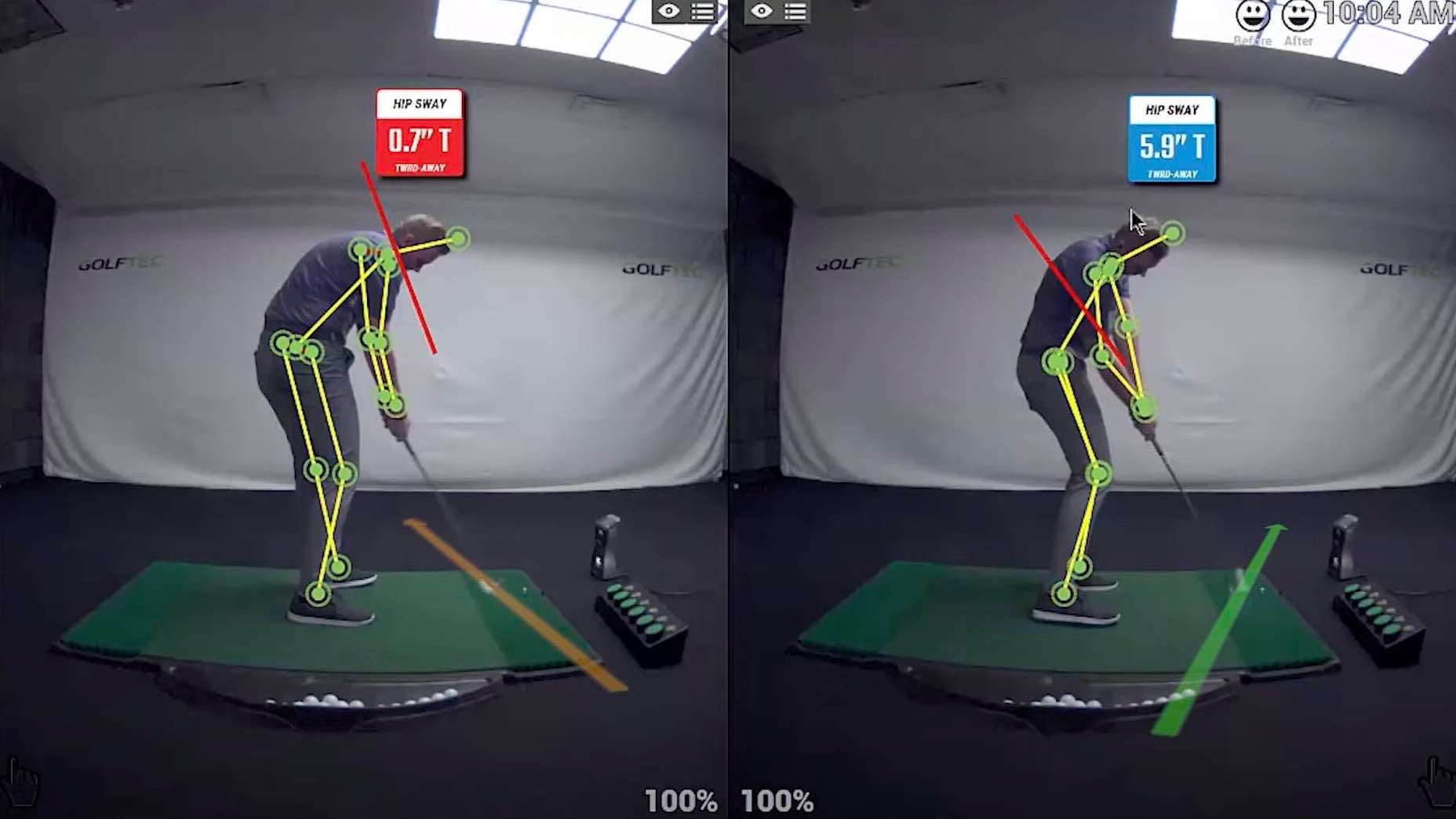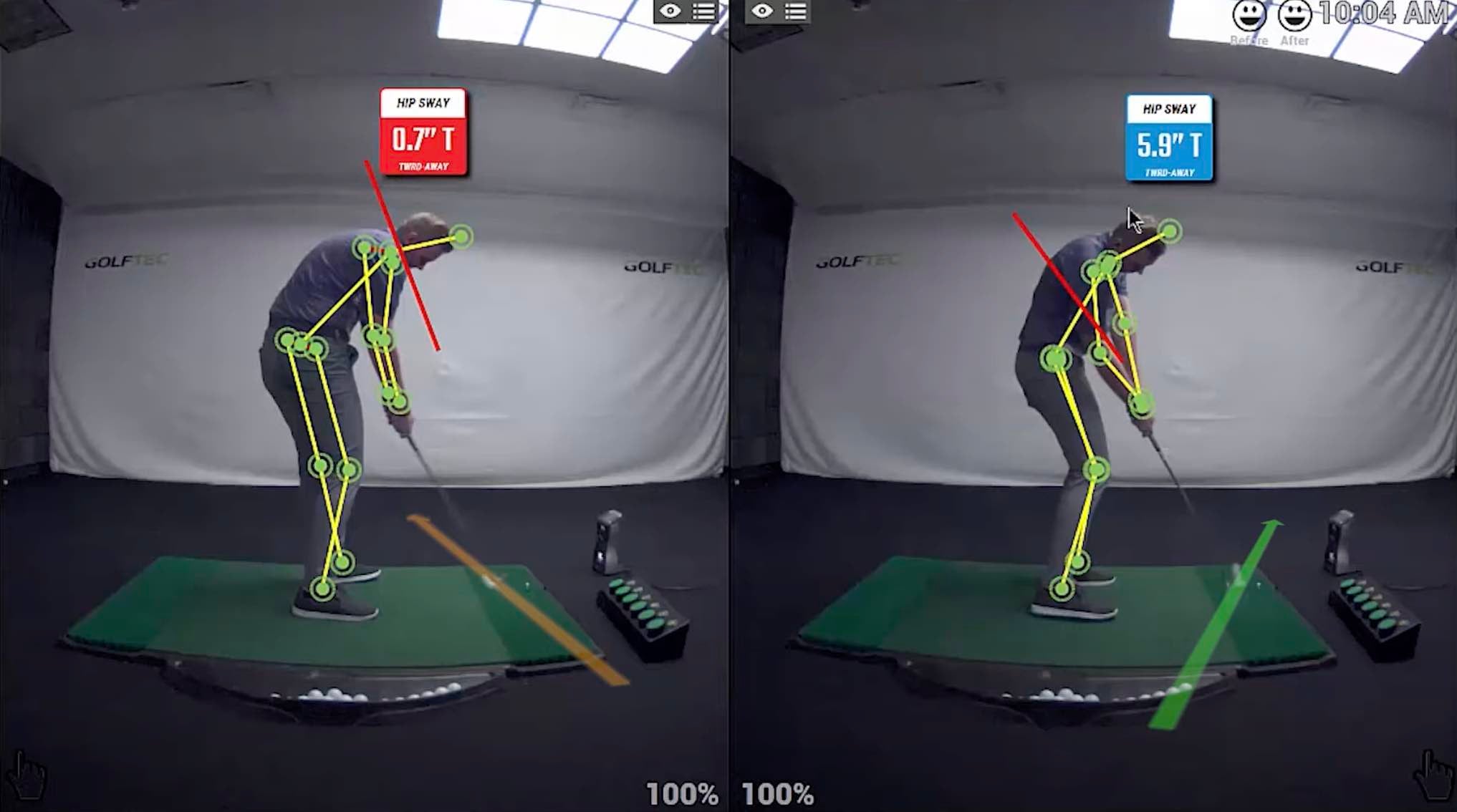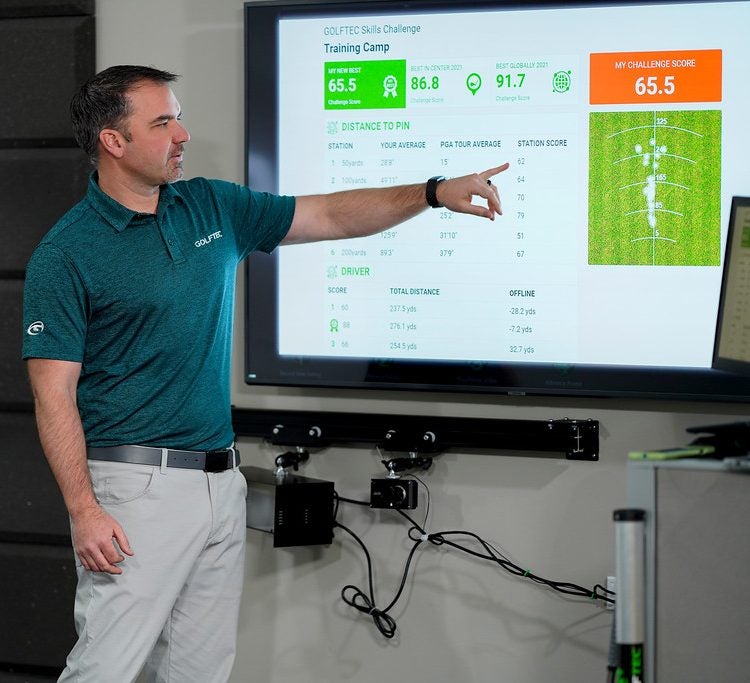
Turning too soon in your downswing can cause slices, costing you power, accuracy and consistency
GOLFTEC
Talk to any coach, and they’ll tell you one of the trickiest things about making a change to your golf swing is how easy it is to overdo it. Too much of a good thing can very quickly become a bad thing in your golf swing, which you’ll need to set about fixing once again.
An example of this? Turning, or rotating, in your golf swing. You’ve probably heard about the benefits of making lots of rotation on the backswing or downswing, and indeed, the benefits are very real. But the trick is to turn at the right time, in the proper sequence. If you turn too much, too soon, things will get ugly fast.
As this GOLFTEC coach explains below.
All of our market picks are independently selected and curated by the editorial team. If you buy a linked product, GOLF.COM may earn a fee. Pricing may vary.
Swing Evaluation for $125
Ready to jump in and start your GOLFTEC Journey? Fill out this form to book a swing evaluation or club fitting! A local GOLFTEC Coach will contact you to discuss your game and goals.
On the left is a problem he sees all the time among mid and higher handicap students: They get to the top of the backswing and start turning too soon on the downswing. This sends the club over the top, and often results in a big slice.
The golfer on the right, meanwhile, has started his downswing by shifting his weight towards the target before starting to rotate. You can tell that by the hip sway number above either player: The golfer on the right has moved his hips exactly five inches towards the target, while the golfer on the left has only shifted his hips less than an inch towards the target.

And that’s important, because while turning too soon on the downswing leads you to swing over the top, shifting towards the target serves the opposite effect: It allows you to deliver the club into the ball from the inside.

It’s why, rather than thinking of turning as fast as you can on the downswing, he suggests a different downswing swing thought: Bump and Jump. You want to bump your hips towards the target to start your downswing, and then jump through impact.
To learn how you can implement Bump and Jump into your game, watch the full video below or book your own lesson at GOLFTEC right here.









